Permaculture Design Certificate – MB Equine Services
Permaculture Design Course @ The Permaculture Research Institute, Zaytuna Farm (The Channon, NSW, Australia)
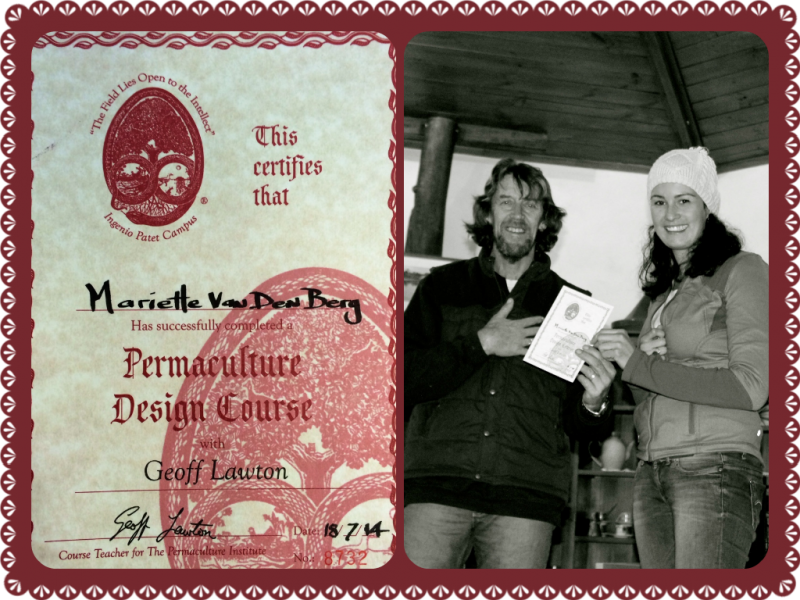
In July I visited the Permaculture Research Institute at the The Channon in NSW for the Permaculture
Design Certificate (PDC) course. I have been practising and integrating Permaculture principles in my pasture management and pro
perty design consulting and education for the last 4 years. But now I am proud to announce that I finally graduated as a Permaculture Designer!
In this post I want to tell a bit more about permaculture, the PDC course and the start of providing intro & PDC courses specifically integrating equine subjects for horse owners.
What is Permaculture?
The term ‘Permaculture’ is a portmanteau word for ‘permanent agriculture’ and ‘permanent culture’. Permaculture is basically an agricultural system which focuses on the natural way of practicing agriculture, maintaining the ecological system and not strictly adhering to the systems followed in modern agriculture. This system was designed and developed by two Australians named Bill Mollison and David Holmgren. Permaculture has been defined by Millison as, “A philosophy of working with, rather than against nature; of protracted and thoughtful observation rather than protracted and thoughtless labor; and of looking at plants and animals in all their functions, rather than treating any area as a single project system.”
The ethics and values on which this system of Permaculture is based are:
1. Earth Care
Earth care, means that we humans should try not to increase situations in which we destroy or perish the natural functioning of our planet earth. As this in turn will lead to consequences which will compel the extinction of human beings. We need to understand that we are merely a part of the earth and not its conquerors. If other animals and creatures will not exist, we will not exist too. There can be no better example than global warming to explain this.
2. People Care
The principle of people care can also be termed as the principle of cooperation. The principle of people care in Permaculture means that we all should work together and help each other instead of competing. One cannot develop a community by only helping oneself and staying alone. To live in a better culture and community, we have to work together and stay together.
3. Fair Share/ Setting Limits to Population and Consumption
Fair share indicates the equal right of using natural resources by all individuals. Natural resources are scarce and moreover, no one really owns it. Therefore, each one should get the share of what they deserve. These resources should not be concentrated in just a few hands, but optimally allocated.
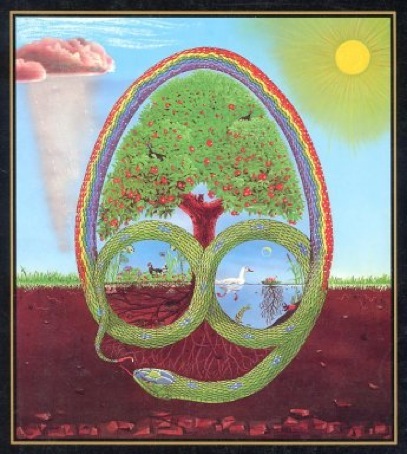 Benefits of Permaculture
Benefits of Permaculture
After looking at what permaculture is, let us now look at its benefits.
Reduced Cost
Using all the natural components of the ecosystem like composting the waste into useful organic matter and manure, you save up a lot of money which you would otherwise be spending on conventional farming.
Less Waste
In Permaculture, the waste products are recycled and manured back to the earth in the form of compost. Once you start following this practice, the waste material is later used as a natural fertilizer. There is less waste because all the present resources are optimally utilized.
Chemical Resistance
In permaculture, one uses natural fertilizers and mulch for farming and gardening. This helps you in resisting your produce from being exposed to the harmful chemicals that are used in pesticides. The agricultural system followed in Permaculture, will let the natural ecosystem predators perform the functions of the pesticides for you.
Less Pollution
If you are using the most natural way of agricultural cultivation, then there is no way you can increase the pollution. In fact, the zone in which Permaculture is practiced will be pollution free.
Develops Community Values
When you apply the Permaculture system you automatically develop values like creating pollution, helping your fellow beings, and using only how much you need.
Zoning
An important part of Permaculture is zoning. Zoning means arranging the produce depending on what ripens first and what needs more attention. Following this way, the ripe fruits and vegetables are plucked first and the latter ones, as and when they ripen.
Self Reliance and Diversity
One can produce a diverse range of produce in his/her land. Permaculture brings about the sense of self-reliance, as one can grow whatever he needs and consume it. Also, if there is some surplus, then, there are ways of preserving them and using them later.
Promotes Green Living
In Permaculture, one uses natural fertilizers, natural pesticides, and freshwater reserves. It undoubtedly promotes green living of the backyard style.
Helpful in Improving Environmental Conditions
Permaculture teaches us different ways of attaining sufficient and sustainable agriculture in a way beneficial for the environment. Those who follow this culture, produce agricultural goods using a harmonious integration of human dwellings, micro-climate, plants, animals, soil, and water in a productive and stable way.
Can be Applied in Already Functioning Systems
Permaculture can be applied in different agricultural systems that are already functioning. Though, it is necessary that the land is suitable for it. Permaculture can be practiced in areas where agriculture is traditionally practiced and is not located in a commercially developed area, where most of the constituents of our ecological systems have perished.
The system and the concept followed in permaculture sounds very promising in maintaining the ecological system well and also in bringing self-reliance to the farmers or those with forest-gardens, by the means of implementing sustainable and productive farms and gardens. It is basically about going back to the traditional method of farming, incorporating the features of organic farming, agro-forestry, sustainable development, and applied ecology. And, there really seems no other way of saving the earth from the calamities created by us.
Permaculture for equine systems is based on conscious design that focuses on the sustainability of horse keeping, land regeneration, and the well-being of horses. Permaculture as a design system is a call to action: it aims to work towards sustainable solutions. The objective is to produce systems that are ecologically sound and economically viable, which provide for their own needs, do not exploit or pollute, and are there for sustainability in the long term.
Using these principles, we can develop sites in such a way that we can also provide niches for a variety of other animals, including livestock such as cattle, goats, and chickens. In the design of horse properties, we can include the following systems: dams and swales; contour fencing; mobile electric fencing for cell grazing (to minimise damage to pastures); lane-way and central point systems; water points; various forage tree and shrub species along field boundaries and divisions for cut-and-carry fodder; early- and late-season green crops; composting systems that make full use of animal manures; and the production of compost tea and bio-fertiliser.
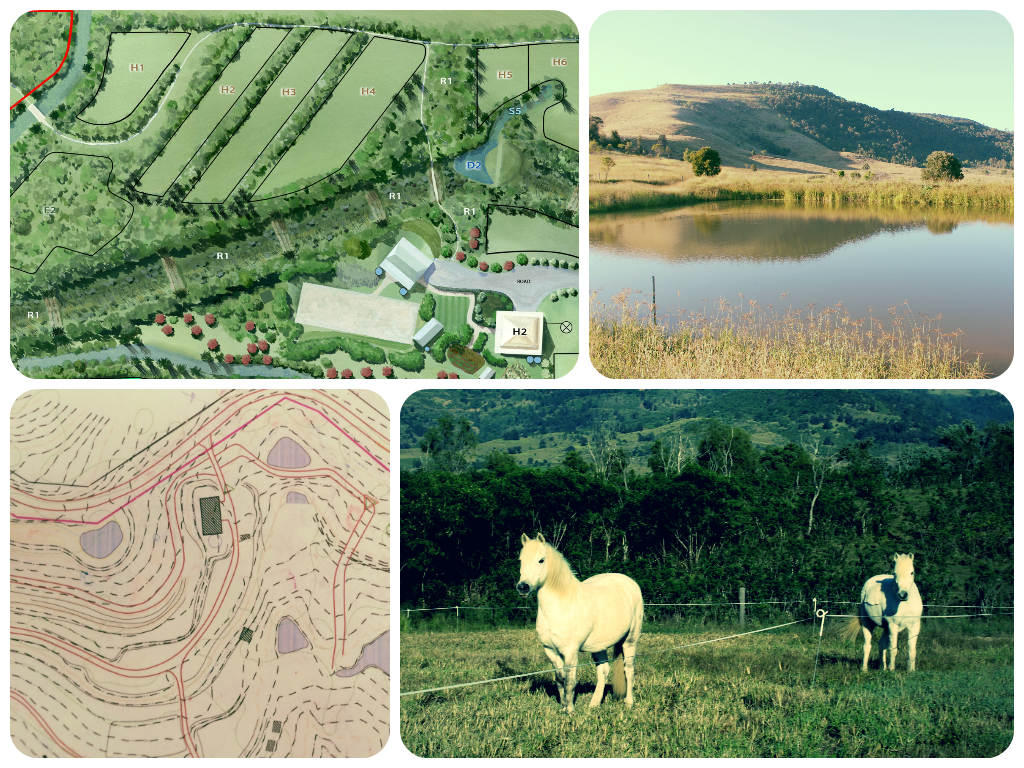
Equine Permaculture
To create a healthy environment for horses, we should have an integrative approach that looks at various aspects, including the environment and behaviour of wild and free-roaming horses in comparison to those of domestic horses, property design strategies, pasture management for diversity, general horse nutrition, shelter, drought-proofing, and integrating horses in ecological terms as soundly as possible.
The PDC course
The Permaculture Design Certificate course is an internationally-recognized, seventy-two hour course resulting in a Permaculture Design Certificate. It provides an introduction to permaculture design as set forth by movement founder Bill Mollison. The course is taught by Geoff and Nadia Lawton, and other permaculture educators.
The PDC serves as foundation for further permaculture work and study and is a prerequisite for the Diploma in Permaculture Design, offered through The Permaculture Institute. Credit for this course is now accepted by a growing number of universities around the world.
To date, thousands of permaculture designers worldwide have been certified through this course, and now comprise a global network of educators, ecological activists who influence major corporations, individuals creating new business alternatives and groups of committed people working together to change the way we view and design into our landscapes.
The course covers sustainable living systems for a wide variety of landscapes and climates. It includes the application of permaculture principles to food production, home design, construction, energy conservation and generation, and explores alternative economic structures and legal strategies supporting permaculture solutions.
Specific topics include:
* Theory and principles of permaculture
* Eco-friendly house placement and design
* Energy conservation techniques for cold climates
* Recycling and waste management
* Organic food production
* Water harvesting and management
* Ecological pest control
* Drought-proofing
* Soil rehabilitation and erosion control
* Livestock
* Aquaculture
* Catastrophe preparedness and prevention
* Windbreaks and fire control
The foundation for this course is A Permaculture Designers’ Manual by Bill Mollison and is distributed to students on the first day. The Manual is included in the cost of the course
Equine Permaculture – courses: “Introduction to Permaculture”
MB Equine Services will hopefully in the near future be involved with full PDC courses. At this stage we provide introduction to Permaculture (with an equine focus) workshops and seminars (1 or 2 day events).
The seminars integrate a number of principles such as Permaculture, Keyline Design, Holistic Management® (HM) and Behavioural Education for Human, Animal, Vegetation and Ecosystem Management (BEHAVE). Our Regenerative Horse Property Design and Pasture Management workshops and seminars are for all horse and land owners, small and large acreage, that want to learn more about how to restore their land, improve soil carbon, regenerate pastures, drought proof their farm and close the input cycle of chemical based fertilisers by developing their own compost (tea) alternative and reduce supplementary feed cost.
Please visit our home page for more information about workshop locations and dates.
Grazing Animals May Reverse Man-Made Damage To Grasslands Around The World
 Biodiversity of plants and grasses in a landscape are linked to the herbivores needs and vice versa (plant-animal interactions). Herbivores eat a variety of plants for a number of reasons including to increase nutrients intake, reduce excess intake of toxins and for flavours (hedonic). We therefore should manage our pastures/land in such a way that we promote biodiversity and train/exposure animals to eat a variety of plants (yes training animals! herbivore foraging behaviour is learned not innate). This will contribute to better land and animal health. http://extension.usu.edu/behave/
Biodiversity of plants and grasses in a landscape are linked to the herbivores needs and vice versa (plant-animal interactions). Herbivores eat a variety of plants for a number of reasons including to increase nutrients intake, reduce excess intake of toxins and for flavours (hedonic). We therefore should manage our pastures/land in such a way that we promote biodiversity and train/exposure animals to eat a variety of plants (yes training animals! herbivore foraging behaviour is learned not innate). This will contribute to better land and animal health. http://extension.usu.edu/behave/Published on the International Science website
By Shweta Iyer on March 9, 2014 2:18 PM EDT
Grasslands occupy more than one-quarter of the Earth’s land area, spreading over six continents. As bio-diverse ecosystems, they support the growth of several indigenous plants and animals. But unfortunately, overuse of fertilizers in the past decades have accelerated ecological decline throughout the unique landscapes. Now, a team of scientists have come up with a solution to conserve and protect the biodiversity of the grasslands: Allowing animals to graze and chew out the overgrown grass.
More than 50 scientists who study grasslands worldwide, known as the Nutrient Network (NutNet) conducted a five-year comparative study on the grasslands, and came up with the solution. The study, which will be published in the journal Nature, was carried out at 40 different sites around the world. “This study has tremendous significance because human activities are changing grasslands everywhere,” said study co-author Daniel S. Gruner, associate professor of entomology at the University of Maryland, in a statement.
“We’re over fertilizing them, and we’re adding and subtracting herbivores. We have a worldwide experiment going on, but it’s completely uncontrolled.”
The grasslands are dotted with a number of native plants, however, human activities, such as burning fossil fuels, adding fertilizers, and dumping farm animal manure into the land have added extra nitrogen and other nutrients into the grassland soil. This excess in nutrients has led certain grasses to overtake others, as they sap the nutrients faster and grow bigger — leading to not only fewer nutrients but also less sunlight. In addition to these factors, grasslands around the world are also being converted into pasture land for domestic animals, which have begun to outnumber other wild grazers like elk and antelope.
Allowing grazers to eat the grass, thus reversing the effects of over-fertilizing, had been theorized but never tested. To test the theory, the NutNet scientists created four test plots in each of the 40 sites. The first test plot was fenced, to prevent animals from grazing. The second was sprayed with fertilizers to replicate current farming practice — using fertilizer — with animals being allowed to graze. The third plot was both fenced and fertilized, and the last one was left alone.
In all the test sites the population of animals was unmonitored. So, in some places there were a lot of native grazers while others had more domestic animals. Some sites had been previously grazed by cattle but were now abandoned.
The researchers found that the fertilized plots that didn’t have grazing animals also had a lower diversity of plants, while fertilized plots with grazing animals showed an increase in plant diversity. The most improvement was observed in plots where large, wild and domestic animals were allowed to graze. These animals included cattle, pronghorn, and elk on North America’s Great Plains; wildebeests and impala on Africa’s Serengeti; and horses, sheep, and ibex in rural India. Places where only small animals like rabbits, voles, and gophers grazed did not show much improvement.
With these results, the researchers proved that grazing animals improved biodiversity by increasing the amount of light reaching the ground. “Where we see a change in light, we see a change in diversity,” said lead author Elizabeth Borer, of the University of Minnesota, in the statement.
“Our work suggests that two factors, which humans have changed globally, grazing and fertilization, can control ground-level light. Light appears to be very important in maintaining or losing biodiversity in grasslands.”
Equine Health Workshop: South East QLD (Canungra) – 1st of June 2014
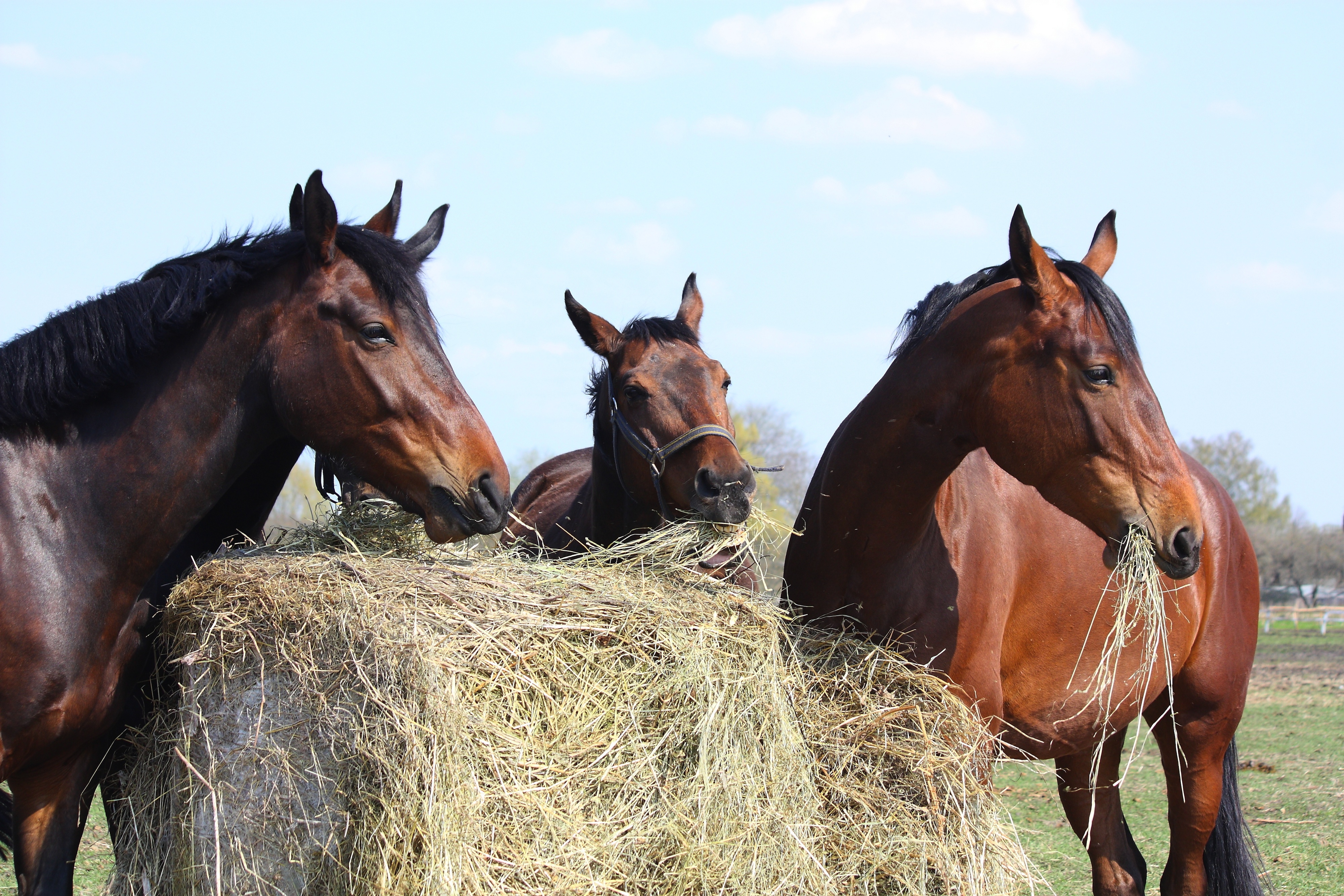 Equine Health Workshop: South East QLD
Equine Health Workshop: South East QLD
When: 1st June 2014
Where: Canungra – School of Arts Hall
Time: 8:30-12:00
Cost: FREE
Topics:
– Equine Nutrition
– Gastrointestinal Tract
– Digestive & Metabolic Disorders
– Nutrient Resources & Nutrient Requirements
– Dietary Management
– Parasite Control
– Biosecurity QLD – Hendra Update
Booking and more information: http://www.seqcatchments.com.au/announcements/horse-nutrition-canungra
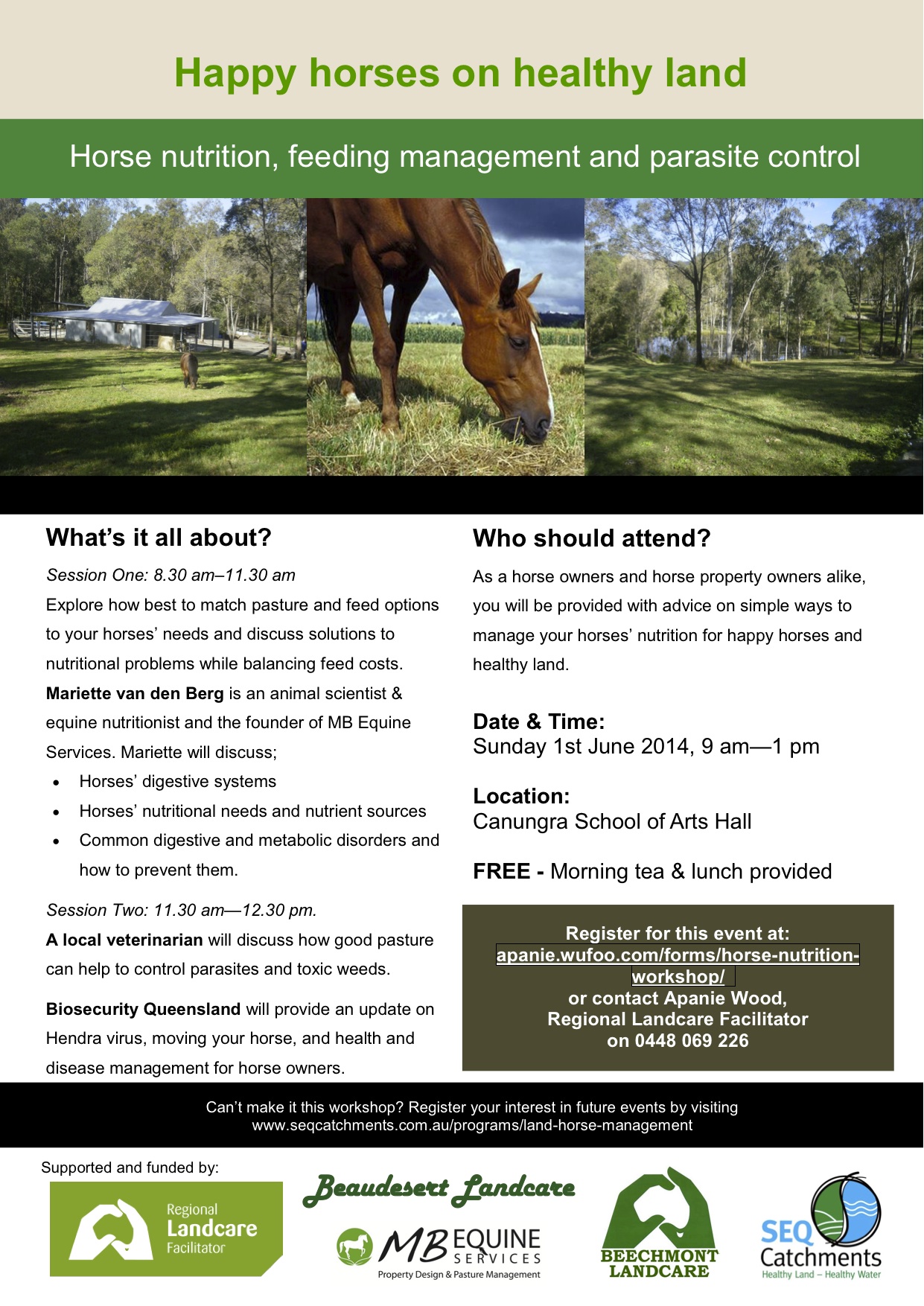
Equine Nutrition & Property Planning: South East QLD @ Hays Inlet Festival May/June2014
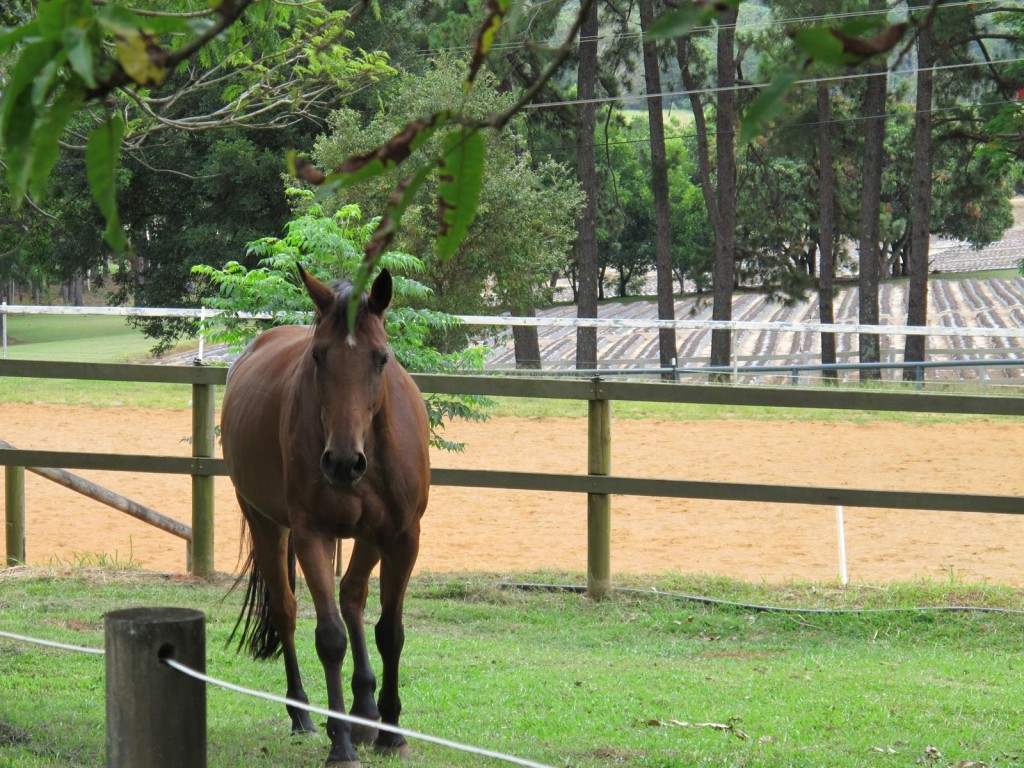 WORKSHOP 1: HORSE NUTRITION & FEEDING MANAGEMENT
WORKSHOP 1: HORSE NUTRITION & FEEDING MANAGEMENT
WHEN: Saturday May 31st 2014, 8.30am – 12.30pm
WHERE: Both workshops at 268 Mount Samson Road, Armstrong Creek (Dayboro)
Explore how best to match pasture and feed options to your horses’ needs and discuss solutions to nutritional problems while balancing feed costs. You will hear about horses’ digestive systems, nutritional needs and nutrient sources, common digestive and metabolic disorders and how to prevent them.
Presenter: Mariette van den Berg is an animal scientist & nutritionist with over 6 years research experience in equine nutrition and the founder of MB Equine Services.
WORKSHOP 2: DESIGN A MANAGEMENT PLAN FOR YOUR PROPERTY
WHEN: Saturday May 31st 2014, 1.30pm – 4.30pm
Developing a plan for a property is an important tool to help you understand what assets your land holds and the best way to manage them. This course will assist you to develop your own management plan for your horse property, in line with your set of goals for happy and healthy horses. A map of your property will be provided.
Presenters: Greg Leach (SEQ Catchments) & Greg Curry
Greg Leach has over 20 years experience in whole-property planning services for balancing
environmental, production, financial and social outcomes.
Greg Curry is a horse trainer and specializes in horse behaviour. Come and see how Greg is designing his property for sustainable horse keeping
http://www.seqcatchments.com.au/announcements/horse-nutrition-and-property-management-workshops
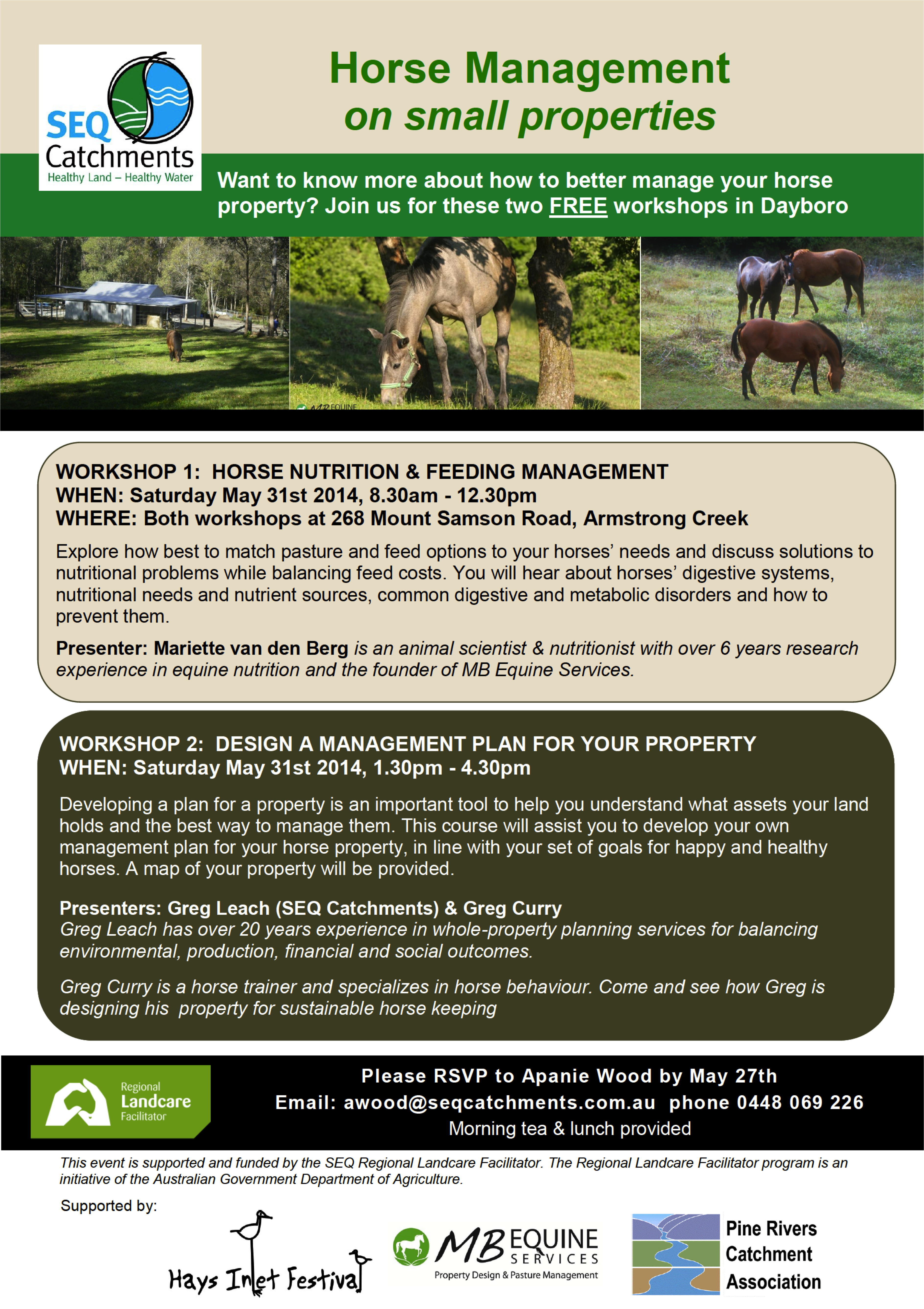
International Equine Permaculture Workshop – Switzerland (Oct 2014)
MB Equine Services is very excited to announce that we will be hosting two 2-Day workshops on equine nutrition and permaculture in Switzerland (Canton du Jura) in October 2014!
On Day 1 (Healthy land = healthy horses) we will focus on common horses and land management issues around the world, horse nutrition (digestive system, feeding practices and disorders), horse behaviour (time budget and foraging strategies), pastures (grass growth and development), soil development, ecosystem management and introduction to pasture and grazing planning. On this day we will walk the Creux de Biches property and potentially visit another equine property.
On Day 2 (Planning = the bridge between the present and the future) we will get hands on with our property planning. First we will cover some theory on property planning steps and goal setting. In the afternoon we will start with the actual planning; current infrastructure mapping, natural feature mapping and future planning. At the end of the workshop we will finish the program with a short movie about implementing equine permaculture and the process of designing.
When: 18 & 19 and 25 & 26th of October!
Where: Le Creux-des-Biches http://www.creux-des-biches.ch/fr/le-creux-des-biches/
The old station Creux -des- Biches
Come home, relax, learn to understand nature and people, regain strength, recognize its place in the world, take heart
The old train station is a little oasis where people in a protected environment can learn about and develop new strategies and visions for future living. The guest house offers simple but comfortable shared rooms (single rooms with extra charge), a beautiful meditation room, kitchen and dining room with library. The property is located in the most beautiful hiking area at high level of free mountains and inhabited by friendly people, horses, chickens, rabbits and cats. At the moment a Permaculture paradise garden with a pond is being created. We are happy to provide our place for seminars, workshops, and new event projects.
For more information and booking: L’Ancienne Garde du Creux des Biches – Email: bonjour@creux-des-biches.ch Phone: +41 32 953 1180
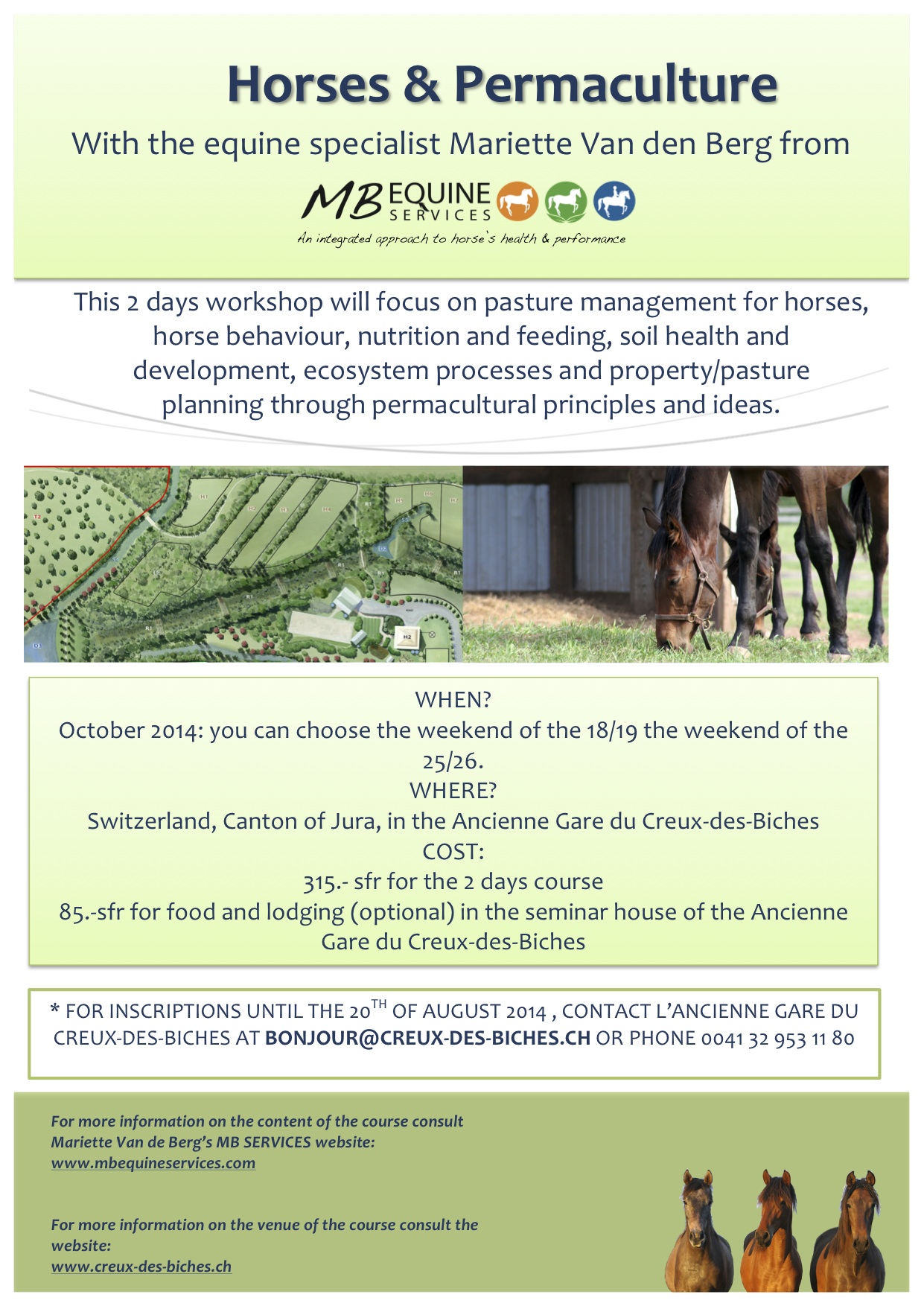


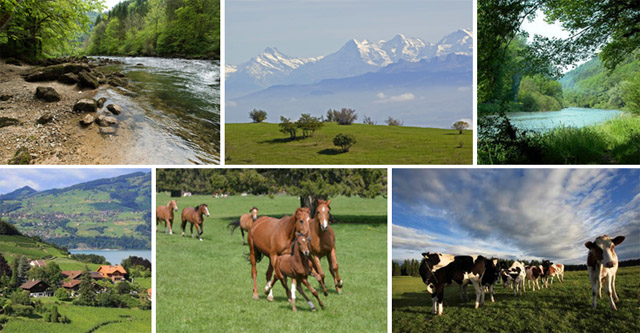
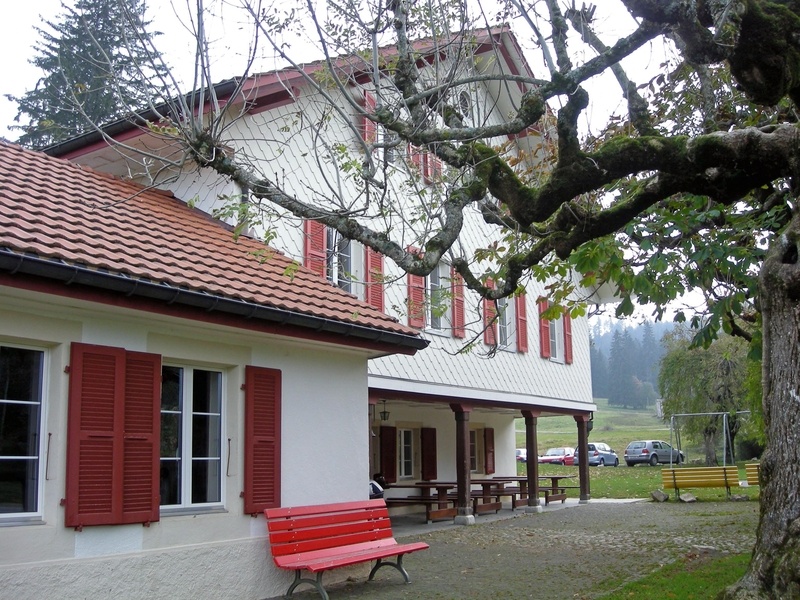
Follow Us!